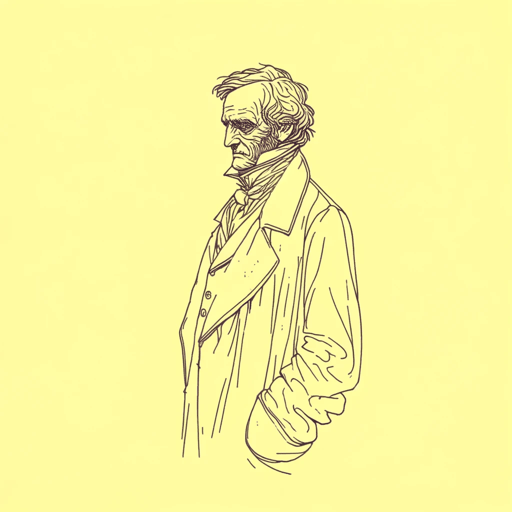30 pages • 1 hour read
Edgar Allan PoeThe Man of the Crowd
Fiction | Short Story | Adult | Published in 1840A modern alternative to SparkNotes and CliffsNotes, SuperSummary offers high-quality Study Guides with detailed chapter summaries and analysis of major themes, characters, and more.
Background
Literary Context: Gothic Fiction
Especially popular in the 18th and 19th centuries, Gothic fiction typically aims to scare or unsettle its readers. Works of Gothic fiction are characterized by dark and ominous settings, a fascination with the darker side of human nature, and a mysterious or suspenseful tone. In addition, they are closely associated with Romanticism, a literary movement that emphasized the power of the imagination over reason.
Much of Poe’s work falls into the category of Gothic fiction, and “The Man of the Crowd” is no exception. In it, the mystery of the old man’s identity creates an air of suspense and secrecy. The narrator follows the old man out of a desire to solve the mystery of his identity, but ultimately discovers this mystery to be unsolvable. The unsettling lack of resolution at the end reflects The Complexity of the Human Mind.
The urban setting of this story is different from many Gothic tales, which are often set in remote, decaying castles or ancestral houses (as in Poe’s “The Fall of the House of Usher”). However, in his description of the narrator’s pursuit of the old man, Poe gives a dark, creepy, and almost claustrophobic 







Related Titles
By Edgar Allan Poe
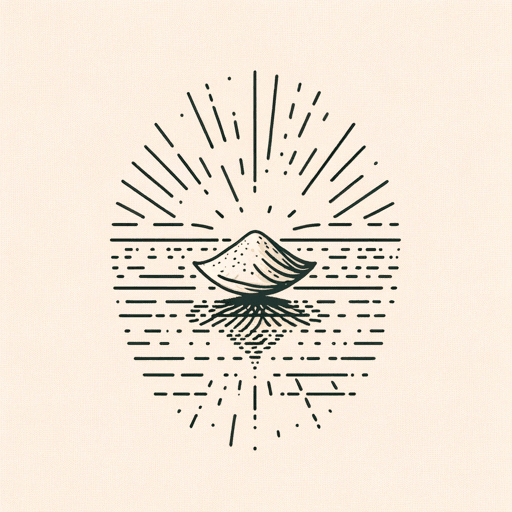
A Dream Within a Dream
Edgar Allan Poe
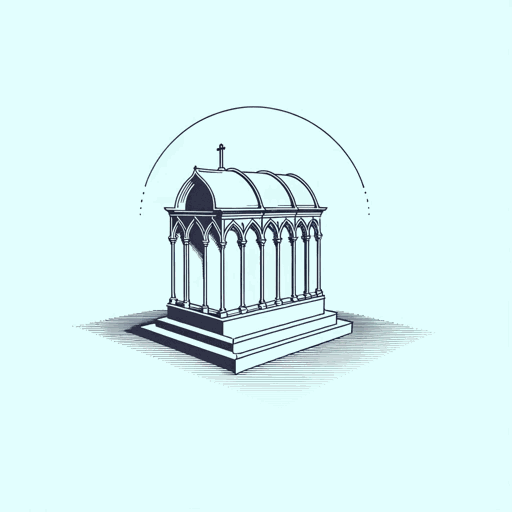
Annabel Lee
Edgar Allan Poe
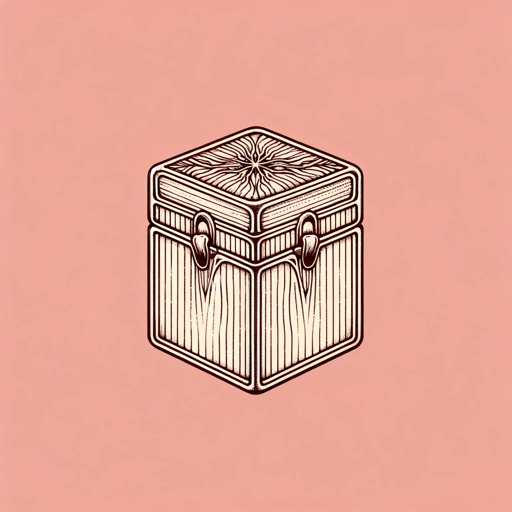
Berenice
Edgar Allan Poe
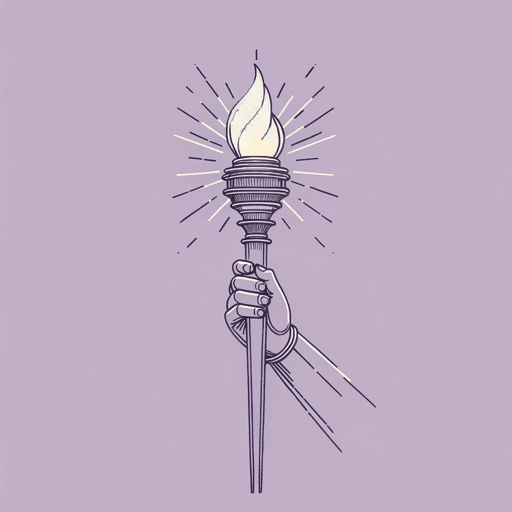
Hop-Frog
Edgar Allan Poe
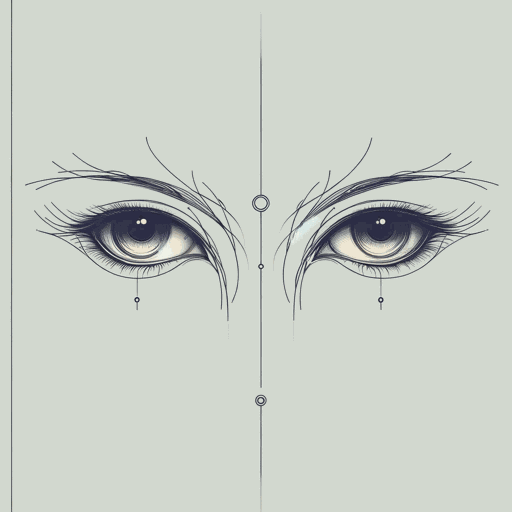
Ligeia
Edgar Allan Poe
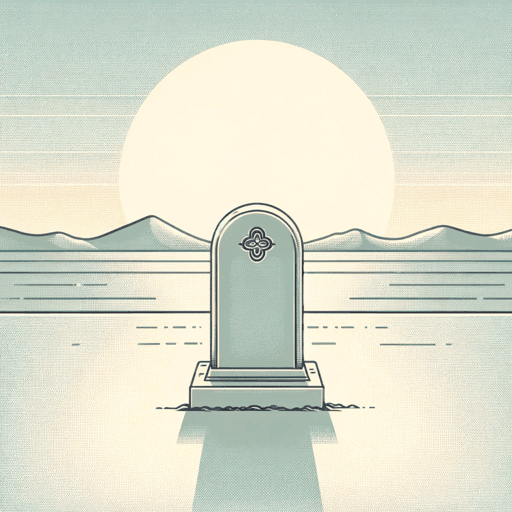
Tamerlane
Edgar Allan Poe

The Black Cat
Edgar Allan Poe
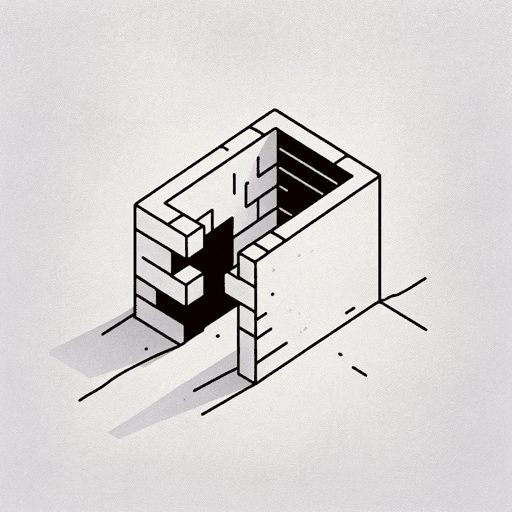
The Cask of Amontillado
Edgar Allan Poe
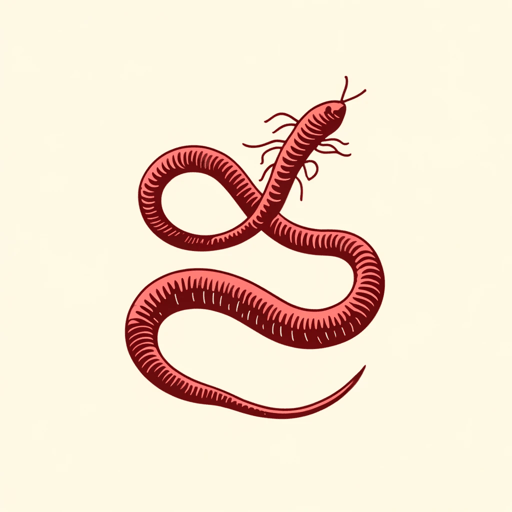
The Conqueror Worm
Edgar Allan Poe
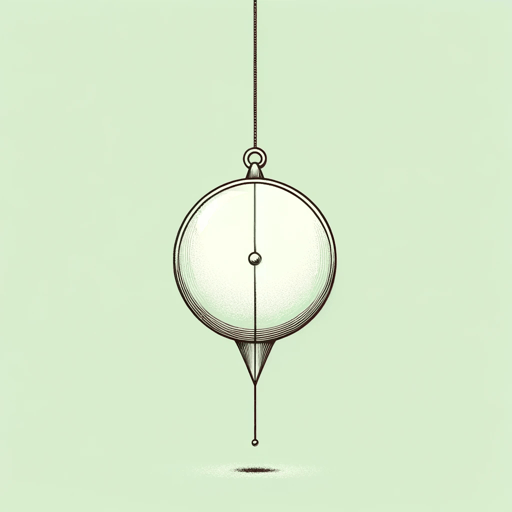
The Facts in the Case of M. Valdemar
Edgar Allan Poe
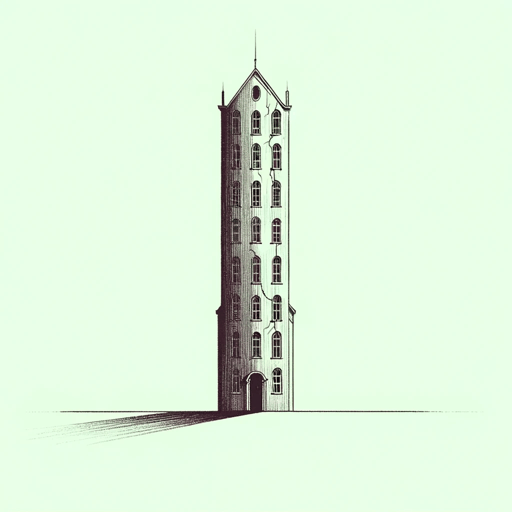
The Fall of the House of Usher
Edgar Allan Poe

The Gold Bug
Edgar Allan Poe
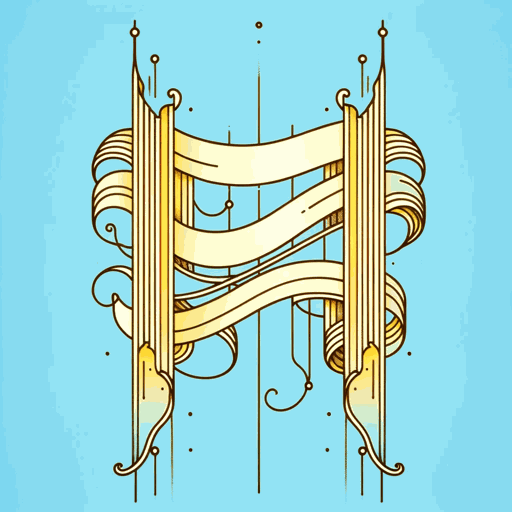
The Haunted Palace
Edgar Allan Poe
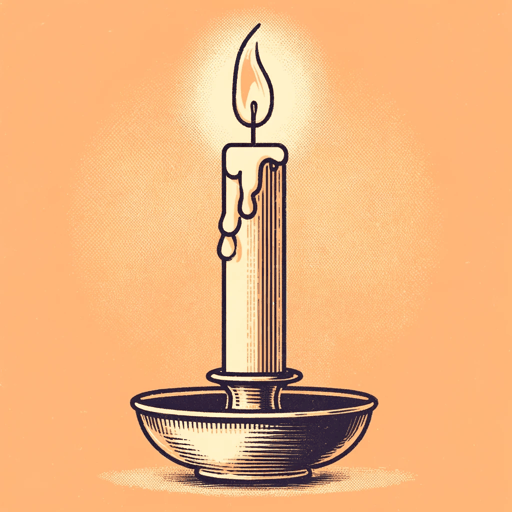
The Imp of the Perverse
Edgar Allan Poe

The Lake
Edgar Allan Poe

The Masque of the Red Death
Edgar Allan Poe

The Murders in the Rue Morgue
Edgar Allan Poe
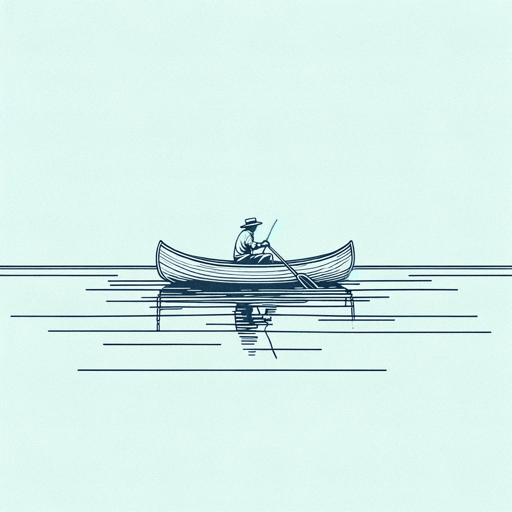
The Narrative of Arthur Gordon Pym of Nantucket
Edgar Allan Poe
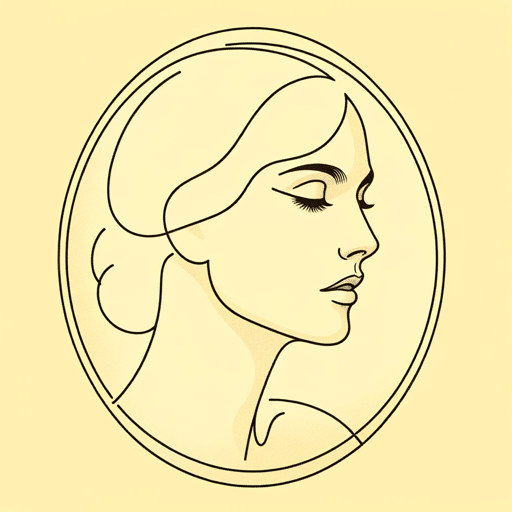
The Oval Portrait
Edgar Allan Poe

The Philosophy of Composition
Edgar Allan Poe
